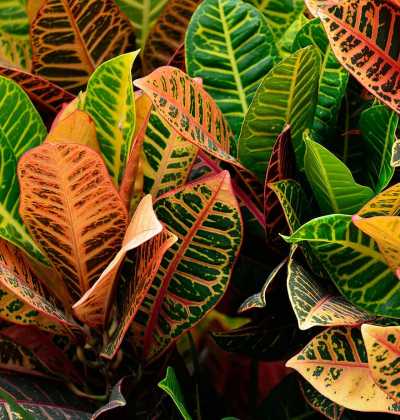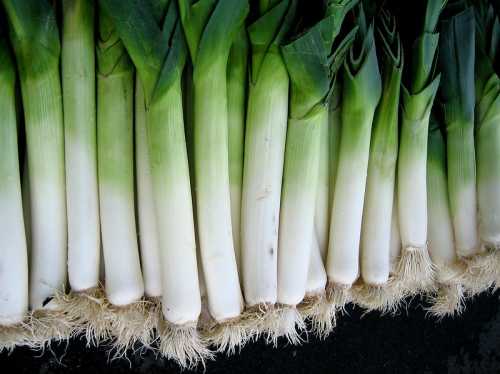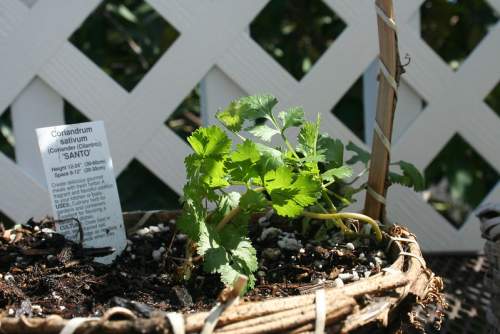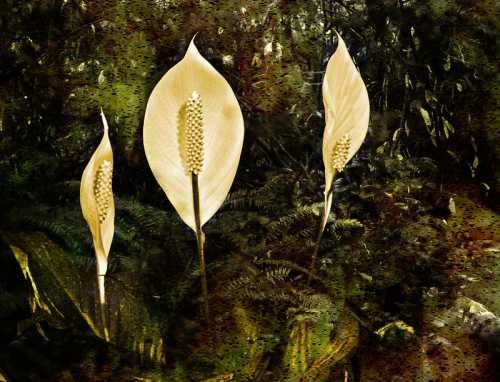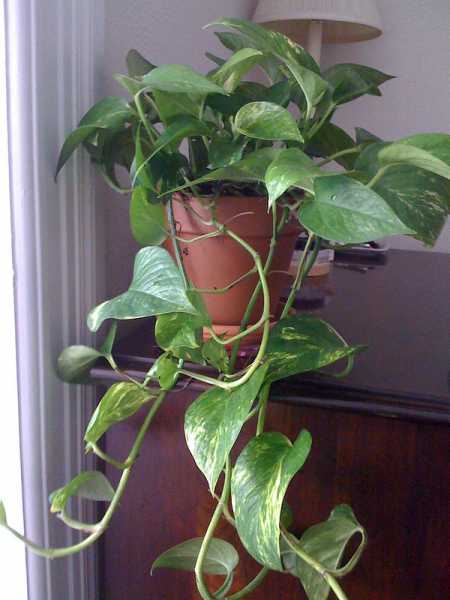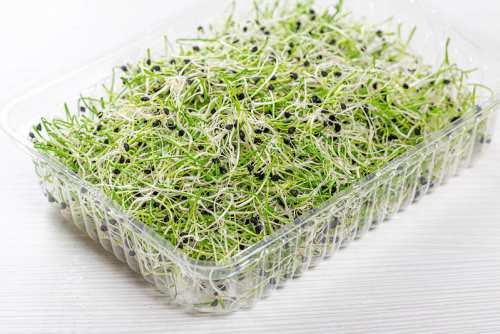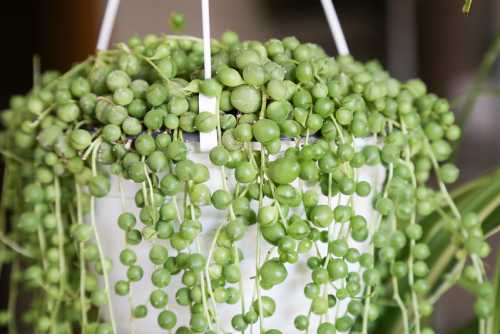Fern is a large member type of the group used for various vascular plants that are known to produce with the help of spores. They don’t have the seeds or even the flowers. They are very much different from the mosses. They are very much beautiful in nature and character. Ferns are very much great species and are great to place anywhere. They have discrete characters and are loved by many from time immemorial, but when you are doing everything, and they turn brown, you feel very much angry and depressed.
So you must know the reason why your fern leaves are turning brown.
Why Your Ferns Are Turning Brown?
Whenever you see your ferns turning brown, it’s always a matter of concern. You will notice your houseplant turning brown, and this will shock you to a great extend. The various reasons for this species turning brown includes
- A lack of humidity.
- Watering issue and the over fertilization of the soil.
- Presence of too much bright light.
The first problem is the easiest one and is excellent to fix very easily.

Lack of Humidity
- The ferns are known to love the humidity and are great lovers of the humid environment. So if your home has the presence of a very dry kind of air, then increasing the humidity level seems the right solution for you as the lack of humidity turns the everything brown and dry in nature. You can also mist the leaves with the help of the water-contained spray bottle after every now and then. Try to make your plant stay and sit in a tray
- When you make the plant sit and stay in the tray with water and pebbles into it, it can grow very quickly. You can also use a humidifier. Ferns very much love the humidifier very well. Make sure that the outside air is not too dry as the ferns will not grow very well.
- Move away your ferns from the air conditioning unit as well. Take them away from the radiators as radiators are known to create hot and very dry air. The radiators have the capacity to destroy your plants.
Also Read: Why Do My Money Plant Leaves Turn Yellow?
Too much brightness or the presence of very bright light
- Light is very important for these species as they can grow very well under the light. If your ferns are getting too much bright light, then you will surely notice the fronds’ tips turning brown in color. This surprises the plants to great heights. Ferns are known to be burning because of too much bright light on them. So try to reduce the brightness of the light as much as possible.
- Try moving your ferns in a shady area, but if there is no visibility of improvement, then you will have to move it a little bit more to a much shadier area and find it a perfect place in a perfect location as well.
- This does not apply to the Boston Ferns that have the capability of dealing with the more brighter sunlight as well. If you are not sure that how much light the fern must receive, then you should use a light meter.
- The light meter has the capability of telling you how much light is present in your house. Hence try a light meter. You will be able to monitor the light very easily throughout the year without any issues.
Watering problems
- Proper watering of the plants is also very necessary. It forms an integral part of the puzzle that you are involved in. You should start looking whether you are over or underwatering the plants whenever you feel your plant turning into brown or even the yellowish tone. This step must be taken at that moment.
- Use the finger rule to judge this thing. Press one of the fingers directly in the soil, and if the soil feels dry, then you are completely underwatering the plants, and you need to water them, and if you dip your finger and the soil feels soggy, then you are surely overwatering the ferns, and you must check that the overwatering must not happen.
- You can easily use a good moisture meter for this purpose and check when it is the right time to water the plant. A lot of people use moisture meters on a daily basis and are growing the plants beautifully because of the moisture meter.
- The moisture meter tells when it is the correct time to check the soil and also helps to know for a very certain reason when it is the correct time to water.
- It is really good to know what is wrong and right for your plant, and giving the plant the correct amount of nutrients is also very important. Please pick up your plant to water it and see if it feels happy receiving the water. If your fern desires more water and looks dry, then try to add more but not too much. Keep this thing always and ever in your mind that too much of anything is very dangerous.
- Most ferns are known to come up with a very good amount of peat moss present in the pot. They tend to possess pretty roots present at the end of the plant, but on similar grounds; this makes the water pass through in a very difficult manner whenever the roots are dry or destroyed.
- If you really forget to water your fern, then you must you a self-watering technique. This pot is known to give the plant enough water without you being present at home. So you can now easily go on vacation and worry not about your ferns turning brown with the help of the self-watering pots.
Also Read: Why Is My Fiddle Leaf Dropping Leaves?
Overfertilization and its dangers on the fern
The fertilizers and various other generic foods of plants have to be put in certain quantities in the ferns. If you overdose these ferns with over-fertilization, then your ferns will turn in brown color, and this will surely impact their health. Try to feed half the recommended quantity, then see the miracle happening. If you still notice the browning of the fern, then you can do one thing that is flush the complete feed out, containing more amount of water.
Next time you must try again to water with the needed quarter of the dosage. The plants have always liked various amounts of liquid fertilizers and are very best for the plants as well. These liquid fertilizers are the very best for the plant growth and make the growth of the plant a very efficient one.
Overall the issue related to browning can be spotted very easily and is very easy to cure as well. With a total of ten minutes of the time of great attention as well as great care, your fern will be seen thriving happily again in no time.
Transplant Level of the Shock
- Have you transplanted a fern recently into a new pot. The ferns are known to grow through transplant shock, and this leads to the various tips relating to the fronds turning into the brown.
- The brown tips are known to be very concerning in the nature. It is definitely something to be worried about. Moving the ferns here and there during various times of the year poses a greater risk for the ferns and leads to transplant shock in the ferns. The common e.g., can be when keeping the ferns outside. Transplanting in the late part of the year. All these activities can result in transplant shock and hamper the health of the ferns as well.
- Transplanting the ferns in early springtime will definitely be a safer option, and then there will be no chance for the plant to experience this kind of shock. Hence follow the above steps before it’s too late and feel happy growing these ferns very well.
- Always feel careful when repotting or transplanting these ferns. Do lift them very carefully and ensure to try to put them at the place where they will grow in a healthy manner.
Also Read: What Causes Holes in Peace Lily Leaves?
Various types of Ferns to take care of
There are various varieties of the ferns that you must care about. The various types of common ferns include
Boston Ferns
These are very popular houseplants. They are capable of growing wild in the outdoor areas. They are known to possess a very dark green type of leaves. There have evenly spaced types of indentations in the edge. The Boston ferns are known to benefit from the various light misting of the fronds.
Holly Ferns
This variety has green leaves that range from 3-4 inches. They are largely available in 3 different species. These varieties include Hawaiian, Japanese, East Indian holly ferns.
Maidenhair Ferns
This unique type of the plant has the very thin, very black type of the stems. They have the very small and dainty types of leaves. They are a great challenge to grow. They are best to prosper in high humid weather conditions. Their leaves are not able to withstand misting. They are known to grow largely in the corners of very big bathrooms because of the presence of humidity but are known to die in the presence of sunlight.
Staghorn Ferns
These species are known to grow on the various barks of the trees. It is a very good kind of household type of the plant. These plants have sets of fronds. The green fronds are very fertile. They are known to resemble stag horns. The brown infertile type of fronds are known to grow outside of the green ones. They are very short, round, and very flat in the nature.
Outdoor Ferns
The greatest benefit of growing ferns is that they can be grown indoors as well as outdoors. They are great outdoor plants. There are various varieties associated with this fern, namely Ostrich ferns, Japnese painted ferns, Australian Tree Fern, Asparagus ferns, Bird Nest kind of ferns, Cinnamon Ferns. There are also various varieties of the ferns that can be grown indoors as well as outdoors as well.
Also Read: How to Revive Dying String of Pearls?
Conclusion
Growing ferns and protecting them from browning may seem difficult, but it is a very easy process. So follow the steps and precautions while growing ferns. Take all of these pieces of advice as stated in the above article, and rest assured to save the ferns from the browning. These ferns are capable of becoming your life, and saving them is a great option for you. So try to protect and save these ferns from turning into brown and stay happy forever and ever.
So enjoy growing these ferns and stay healthy and happy in the long run. We hope very well that now you will be able to protect your fern leaves from turning brown. So enjoy this growing experience and stay healthy and happy forever and ever.

